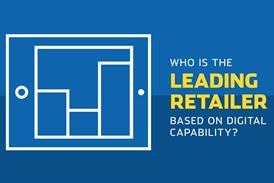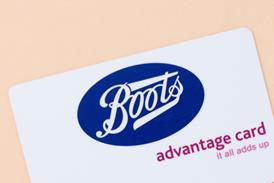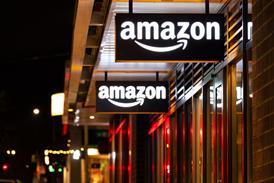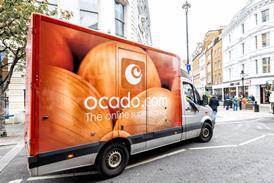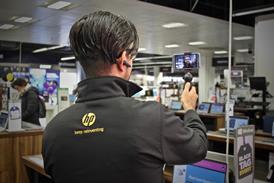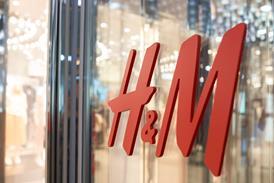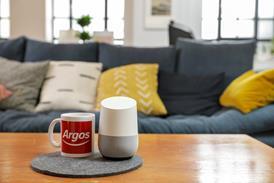- Rankings
- Marketing
- Logistics & customer service
- Cross-channel
- Ecommerce
 Evri reports 30% increase in US parcel deliveries as postal firms pause shipments
Evri reports 30% increase in US parcel deliveries as postal firms pause shipments Q&A: New boss of H&M-backed Centra Sara Laurell wants to keep the growth coming
Q&A: New boss of H&M-backed Centra Sara Laurell wants to keep the growth coming Why retail is lagging behind other sectors in AI investment
Why retail is lagging behind other sectors in AI investment Q&A: Currys Business’ Dean Kramer on growing brand awareness to reach more UK firms
Q&A: Currys Business’ Dean Kramer on growing brand awareness to reach more UK firms
- Case studies
- Methodology
How Boots takes Advantage of its loyalty card data

Since it was launched in 1997, the loyalty card has become a firm favourite among female shoppers – today, over 85% of women in the UK over 15 are active users of the card, with 14.4 million active users overall.
Speaking at Retail Week Live in March, Boots UK boss Seb James said the retailer’s loyalty scheme offered it “an extraordinary capacity to understand our customer base”.
The retailer uses this data to better understand its customer and tailor offers to them but it has big plans to become a personalisation pioneer.
Already have an account? Sign in here



